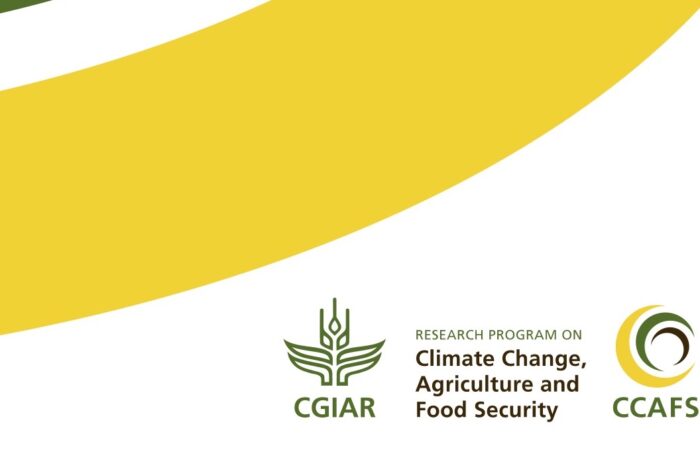
Abstract
From 2019 until 2021 the project “Piloting and scaling of low emission development in large scale dairy farms in China (LED Dairy China)” was carried out in partnership with by the Chinese Academy of Agricultural Sciences (CAAS), the China Agricultural University (CAU) and Wageningen University & Research (WUR). The goal of the project was to make an inventory of current greenhouse gas (GHG) emissions from large scale dairy farms in China and to list and assess appropriate mitigation options to reduce these emissions. Building tools to facilitate the measuring of emissions and knowledge sharing were also part of the project. This report presents the results of the project outcome and impact evaluation that was carried out in the last year of the project (2021). This evaluation deals with the progress of new knowledge and tools and with changes in awareness, behavior and policy design by the key target groups: dairy processing companies, policy makers, dairy farmers, and mitigation researchers of involved institutes and experts and consultants. Dairy processing companies: Both CAU and CAAS at the end of the three-year project now have dairy companies that approach them to start collaboration on GHG reduction programs in the dairy sector. This can be seen as a flywheel effect and is one of the major impacts of the LED Dairy China project. Policy makers and governmental authorities: The already existing collaboration between CAAS and the Chinese Ministry of Ecology and Environment has become stronger. This is because of the new knowledge gained on GHG emissions accounting and evaluation of mitigation options from dairy farms. The fact that this knowledge was developed in the period where CAAS was also working on recommendations for the national Chinese strategy towards carbon neutrality has had major influence on the Chinese GHG policy for livestock. Dairy farmers: Awareness of dairy farmers about the impact of GHG emission reduction on their farms is still low in China but getting better. Learnings from this project have been critical to supporting farmers and their advisors in developing new farming practices that result in GHG reduction. Mitigation experts of the involved research institutes: The CAAS and CAU teams have gained additional knowledge on GHG emissions and mitigation options and have developed fundamental tools to support emission reductions that consider the whole farming system, including efficiencies and the wide dairy farm management scope. These results have been the basis to start next level research programs about low emissions development in close collaboration with government authorities and dairy chain partners. Experts and consultants: The experts appreciated better quantitative data on GHG emissions from dairy farms as well as new models and tailor-made approaches developed in the project to help them develop recommendations for farmers. Keywords: Dairy farming; climate change mitigation; greenhouse gases; low-emissions development








